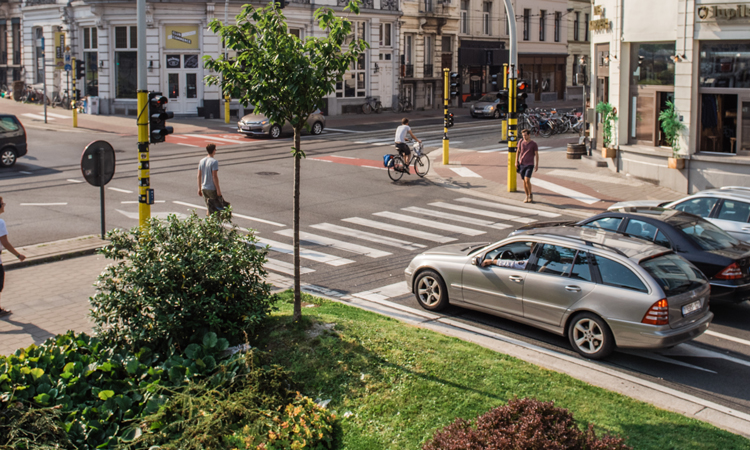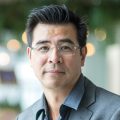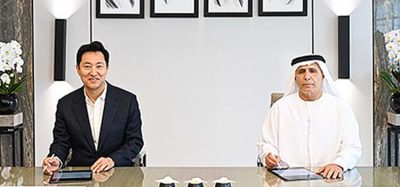Technology solutions for the future of mobility management
- Like
- Digg
- Del
- Tumblr
- VKontakte
- Buffer
- Love This
- Odnoklassniki
- Meneame
- Blogger
- Amazon
- Yahoo Mail
- Gmail
- AOL
- Newsvine
- HackerNews
- Evernote
- MySpace
- Mail.ru
- Viadeo
- Line
- Comments
- Yummly
- SMS
- Viber
- Telegram
- Subscribe
- Skype
- Facebook Messenger
- Kakao
- LiveJournal
- Yammer
- Edgar
- Fintel
- Mix
- Instapaper
- Copy Link
Posted: 22 February 2019 | Sidharta Gautama - University of Ghent | No comments yet
Professor Sidharta Gautama (Ghent University) has been shaping intelligent systems and smart towns for years. Alongside his ‘living labs’ research with i-KNOW, and together with the Ghent TMaaS (Traffic Management as a Service) project, Professor Gautama is working on the construction of an innovative system that will enable government authorities and towns to develop a mobility vision tailored to the needs of their citizens, but what are the consequences for mobility management in the future?


To what degree has the control room changed over the past decade? Do traffic managers have more control than in the past?
The control room has barely changed: it is a closed system that focuses on monitoring vehicles. However, the need within towns has changed drastically. They feel a need to manage their resources continually in order to ensure a good quality of life for citizens. Urban mobility is a very important part of this.
When it comes to regions, control rooms monitor the major roads, but in towns the situation is much more complex: not only do vehicles have to be taken into account, so do public transport services, cyclists, pedestrians and even taxis and shared mobility solutions. The technology involved in these traffic centres is too expensive for towns and does not provide insight into multimodal mobility. For example, little is known about bicycle and pedestrian behaviour. The goal of TMaaS is to change this.
Technology is also used on an ad-hoc basis. One example is the music festival Gentse Feesten: in addition to monitoring the circulation of vehicles and public transport, a huge pedestrian flow has to be considered. Towns are seeking the best possible solutions for managing these situations. Some issues automatically pop up again and again, in different towns too; different issues appear in a different form or with a different focus. That is why TMaaS is building a flexible and budget-friendly system that can solve a large number of the challenges these towns are facing.
TMaaS’s open framework links various technological solutions to each other. This is what makes the concept so innovative: it is much more flexible and is built up from existing data or technology provided by different parties. Take the smartphone as an example; people can now install different apps on them that communicate with each other. The user sets up the solution that suits his or her personal needs. It is no longer expected that one company should be able to handle all this flexibility: different providers each complete a part of the puzzle.
Will increased automation, which we now see taking place in the industry, also make its way into the control room and traffic management?
It will most certainly play a role. People who travel from one place to another will be in direct contact with the infrastructures around them. For example, intelligent systems can calculate waiting times for cyclists or public transport. However, the data on bicycle behaviour is completely different from that of cars, and much less is available. TMaaS will not provide specific solutions, but thanks to the framework, intelligent crossroads will be able to provide the right information so that travellers can make effective decisions.
What are the consequences of automation on jobs for people who currently monitor traffic?
In factories that are largely automated, you do not see significantly fewer people walking around. However, tasks are allocated differently: automation is another factor that needs to be closely monitored. There may be certain types of behaviour for which computers cannot be programmed. Automation also results in more complex problems. Traffic management is currently a matter of controlling the flow of vehicles, but in the not too distant future it will be about ‘quality of service’.
People are not only interested in smooth flowing traffic, they also want to be sure they are on time for their bus, and that bus may be delayed in (shared) car traffic. In the future, cars could also be used as mailboxes. Suppose you are not far from a courier delivering parcels; it may be advantageous to wait until he reaches you. Managing services via connected mobility will become the task of the traffic centres, and involves much more than just managing traffic flows.
These changes are implemented one step at a time, but they can also be implemented speedily. Just look at the disruption in urban logistics caused by Zalando, or the speed with which Uber has become globally recognised. This is where the challenge lies. In the field of urban mobility there is a major risk that service quality will be determined by players such as Google and Uber. Local authorities must safeguard the control of their own mobility and not allow others to decide how people should drive in towns. This is why government authorities themselves need to think about what constitutes quality mobility and how to steer it. This is also part of the intended scope of TMaaS.
What kind of impact can next-generation communications, like 5G, have on mobility-management technology?
The exact consequences of 5G and the Internet of Things are not set in stone. We do know that the entire road system becomes one big data source, and we will need to be able to deal with that. The end user is only concerned about the service: they want to be able to watch TV, work or be in touch with their family on the go, but both governments and organisations will have to reorganise themselves to enable this. Today you can get a smartphone if you take out a subscription. There is a chance that the same thing will happen with cars: it will no longer be the vehicle that is of value, but the service around it. That’s why Google is interested in driverless cars, not because the company itself wants to sell cars.
Is there a chance that these upgrades will become a hindrance instead of a help when the industry moves to a new standard?
This is already happening. One example is the sockets for electric vehicles – different standards exist for them in the same way that everyone runs about with USB cables with different connectors. It is a never-ending battle.
Biography


Related topics
Connected & Autonomous Vehicles, Traffic Management
Issue
Issue 4 2018
Related organisations
University of Ghent
Related people
Sidharta Gautama






